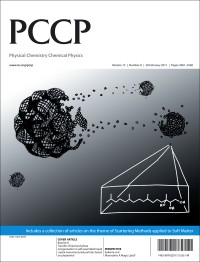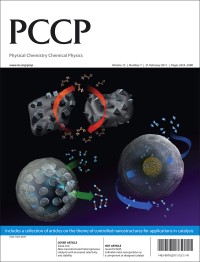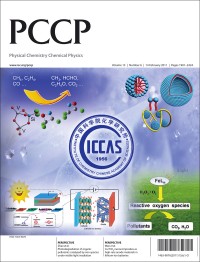Monomer, clusters, liquid: an integrated spectroscopic study of methanol condensation
US scientists have combined static pressure, spectroscopic temperature, Fourier transform infrared spectroscopy (FTIR), and small angle x-ray scattering (SAXS) measurements to develop a detailed picture of methanol condensing from a dilute vapor-carrier gas mixture under the highly supersaturated conditions present in a supersonic nozzle.
This is significantly more than is predicted by a model that describes the vapour phase as an equilibrium mixture of methanol monomer, dimer, and tetramer. An energy balance suggests that a significant fraction of the cluster population is larger than the tetramer, while preliminary SAXS measurements suggest that these clusters contain, on average, 6 monomers.
In their experiments, methanol condensation can be divided into three stages as the gas mixture expands in the nozzle. In the first stage, as the temperature decreases rapidly, small methanol n-mers (clusters) form, increase in concentration, and evolve in size. In the second stage, the temperature decreases more slowly, and the n-mer concentrations continue to rise. Thermodynamic and FTIR experiments cannot, however, definitively establish if the average cluster size is constant or if it continues to increase. Finally, when the vapor becomes supersaturated enough, liquid droplets form via nucleation and growth, consuming more monomer and reducing the concentration of clusters. At the point where liquid first appears, cluster formation has already consumed up to 30% of the monomer.
Read the article in full for free:
Monomer, clusters, liquid: An integrated spectroscopic study of methanol condensation
H Laksmono, S Tanimura, H C Allen, G Wilemski, M S Zahniser, J H Shorter, D D Nelson, J B McManus and B E Wyslouzil
Phys. Chem. Chem. Phys., 2011, DOI: 10.1039/c0cp02485f
















